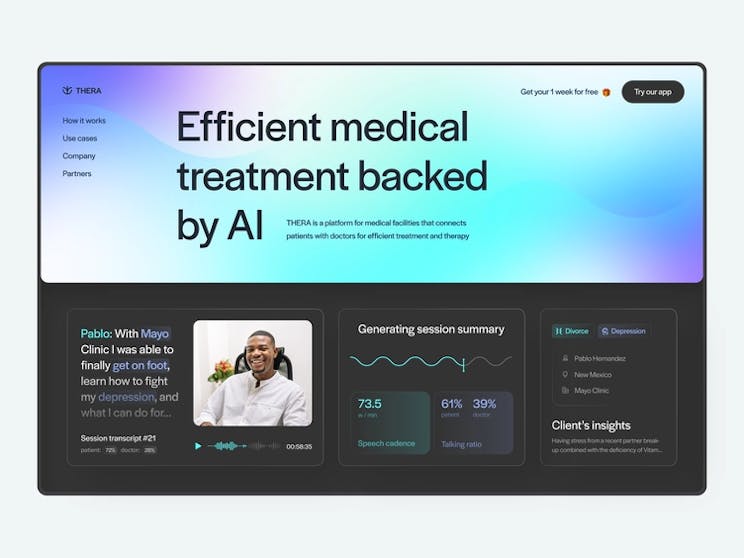Now that 2022 is over, it's out with the old and in with the new - especially when it comes to web design and product design. Whether you're hiring a web designer or looking for web design jobs, it's important to familiarize yourself with the latest design trends. You may even want to take some time to add new web design trends to your portfolio or think about how to address them during your next web design interview. Without further ado, here are the top eight web design trends of 2023.
1. increased web accessibility
On March 18, 2022, the U.S. Department of Justice published a set of website accessibility guidelines and the Americans with Disabilities Act, an anti-discrimination law passed in 1990. Under the updated guidelines, commercial websites fall under Title III of the ADA. Title III applies to businesses that are "open to the public," such as banks, retail stores, hospitals, restaurants and performing arts venues. It also applies to e-commerce businesses and other "online businesses."
Although the DOJ guidelines do not contain hard and fast rules that companies must follow, they do provide some guidance on how to remove barriers to accessibility. As a result, one of the biggest web design trends of 2023 is the demand for accessible designs. Websites with embedded videos, for example, should offer subtitles to help users with visual impairments understand the content. Accessible websites also make it easier for users to perceive information and navigate their user interfaces.

2. nostalgia
If you have fond memories of the 80s and 90s, you're not alone. Nostalgia is taking the design world by storm, influencing everything from product design to website graphics. At the beginning of the Covid-19 pandemic, government officials issued stay-at-home orders that prevented people from visiting family members, hanging out with friends or drinking with colleagues after work. To connect with the uniform loneliness, many people remembered the happier times and started the nostalgia trend. And brands have started to catch on.
By leveraging nostalgia, brands can create an instant connection with customers that is both powerful and meaningful.
By evoking a sense of nostalgia for times gone by, brands can subtly emphasize their values in a way that resonates with customers. A common technique in web design is to incorporate classic color schemes, fonts and images that remind customers of themes that have stood the test of time.

3. artificial intelligence
These days, there's simply no escaping how artificial intelligence is taking over everything from design to copywriting. It's true that AI design tools have come a long way, but that doesn't mean they're capable of replacing human designers and other creative professionals. In fact, the power of AI is giving brands around the world new opportunities to connect with audiences.
If you are involved in UX or UI design, you must ask at least one customer to develop a visually appealing chatbot design. Chatbots serve as virtual assistants, giving customers the ability to ask questions or get basic support when human customer service representatives are offline. Design is one of the most important aspects of developing a successful chatbot, as good design helps to engage users.
Even if you're not building websites or products with AI elements, it's still helpful to get comfortable with AI tools. As technology improves, you can use AI to make better design decisions in much less time. For example, if you're involved in prototyping, you may be able to use AI to incorporate standard UI components from your organization's design library to reduce the time it takes to bring a new product to market
